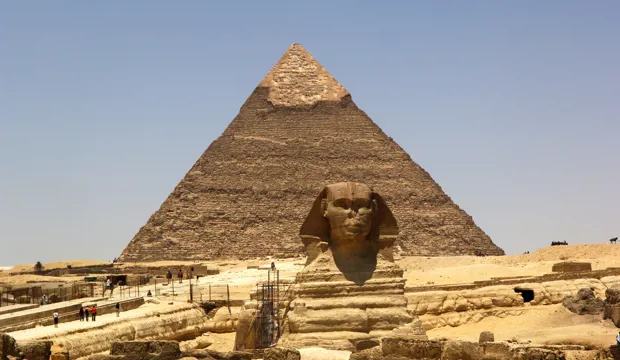
Make papyrus
Learn about ancient Egypt and make papyrus from paper
In this fun STEM activity for kids, students will discover the one method of making papyrus and how it was made in Ancient Egypt. They will learn how to create the paper using a weaving technique, using a natural glue similar to that created by the reeds.
This free resource is aimed at primary school children and could be used as a main lesson activity, to teach learners about the works of the ancient Egyptians contributing to learning in design and technology, art and history or as a precursor to investigating how paper is made in design and technology. It could also be used in conjunction with the other activities in this theme, ‘Write like an Egyptian’, to write authentic hieroglyphics, and ‘Count like an Egyptian’.
Activity: Make papyrus
This is one of a set of resources designed to allow learners to use practical methods to support the delivery of key topics within design and technology, history, and art. This resource is based on Ancient Egyptian use of Papyrus, an early type of paper made from crushed reeds.
This activity involves making simulated ‘papyrus’ from paper. The activity will take approximately 1 hour. However, it should be noted that time is needed for the papyrus to soak up the sugar water and to dry out fully (overnight ideally).
What you will need
- 1 sheet of A3 paper (or 2 of A4)
- 4 strips of masking tape
- 1 Cup of sugar
- 2 Cups of water
- Scissors
- Tape
- Large bowl
- Rolling pin
- Aluminium foil or wax paper
The ancient Egyptians connection
First used in around 2900 BC, papyrus is a kind of paper that was used in Ancient Egypt for the purposes of writing. It was made from a reed called Cyperus Papyrus that was grown around the river Nile. These reeds could reach heights of about sixteen feet!
The ancient Egyptians who were responsible for writing were called scribes. All scribes had to undergo years of rigorous training as Hieroglyphics was quite complicated, including around 700 different signs of objects and animals. Some signs were symbolic and stood for whole words, while others were phonetic and stood for sounds.
The engineering context
Apart from a writing material, ancient Egyptians employed papyrus in the construction of other artefacts, such as reed boats, mats, rope, sandals and baskets. Modern paper uses fibres from another type of plant to make paper – wood.
Suggested learning outcomes
After completing this activity students will have an understanding of what Papyrus is and will be able to make a version of it. They will also have an understanding of what Hieroglyphics are and will be able to use them.
Download the free activity sheet below!
All activity sheets and supporting resources are free to download and are fully editable, so you can tailor them to your students’ and your schools’ needs.
And please do share your learning highlights and final creations with us on social media @IETeducation or send them via email to IETEducation@theiet.org to be featured in our online gallery.




